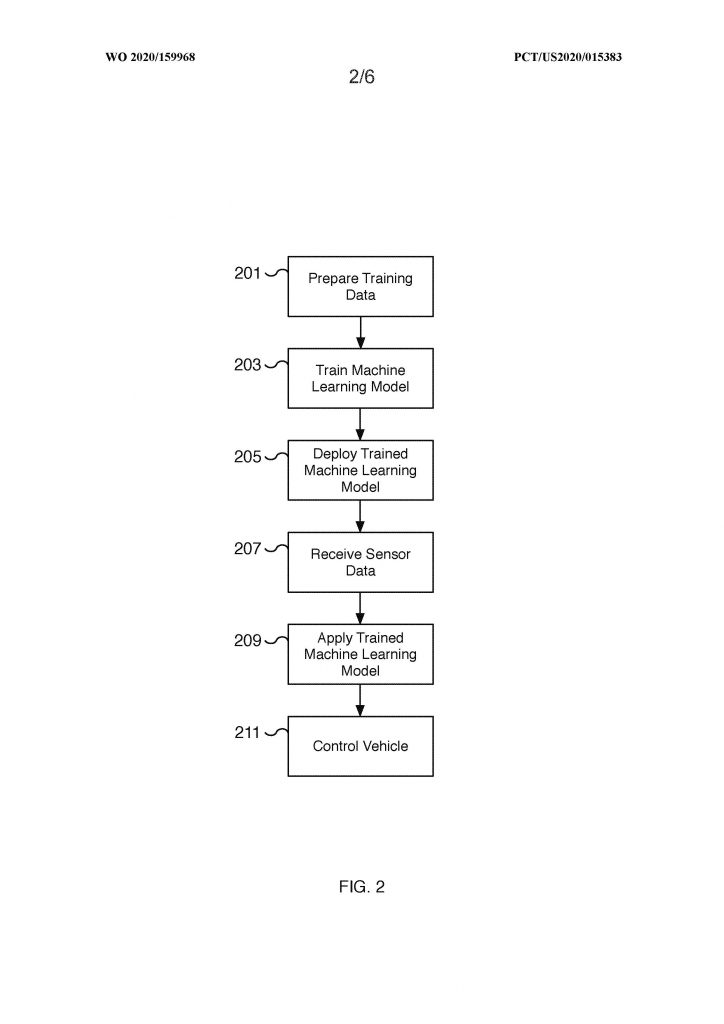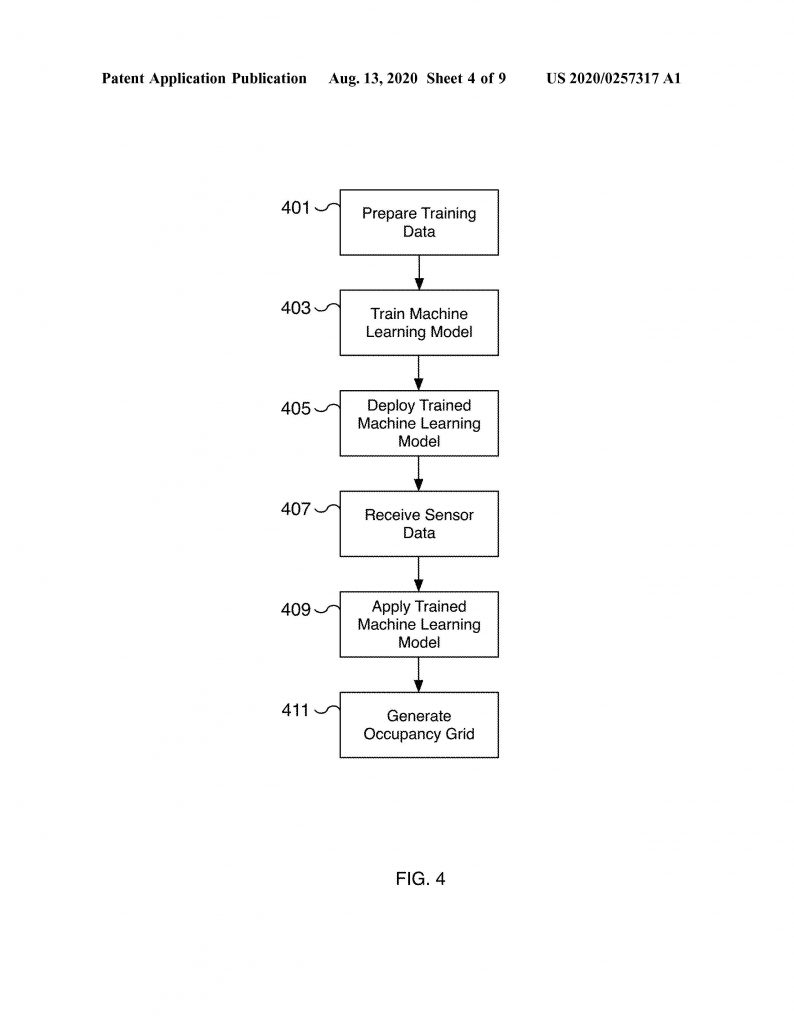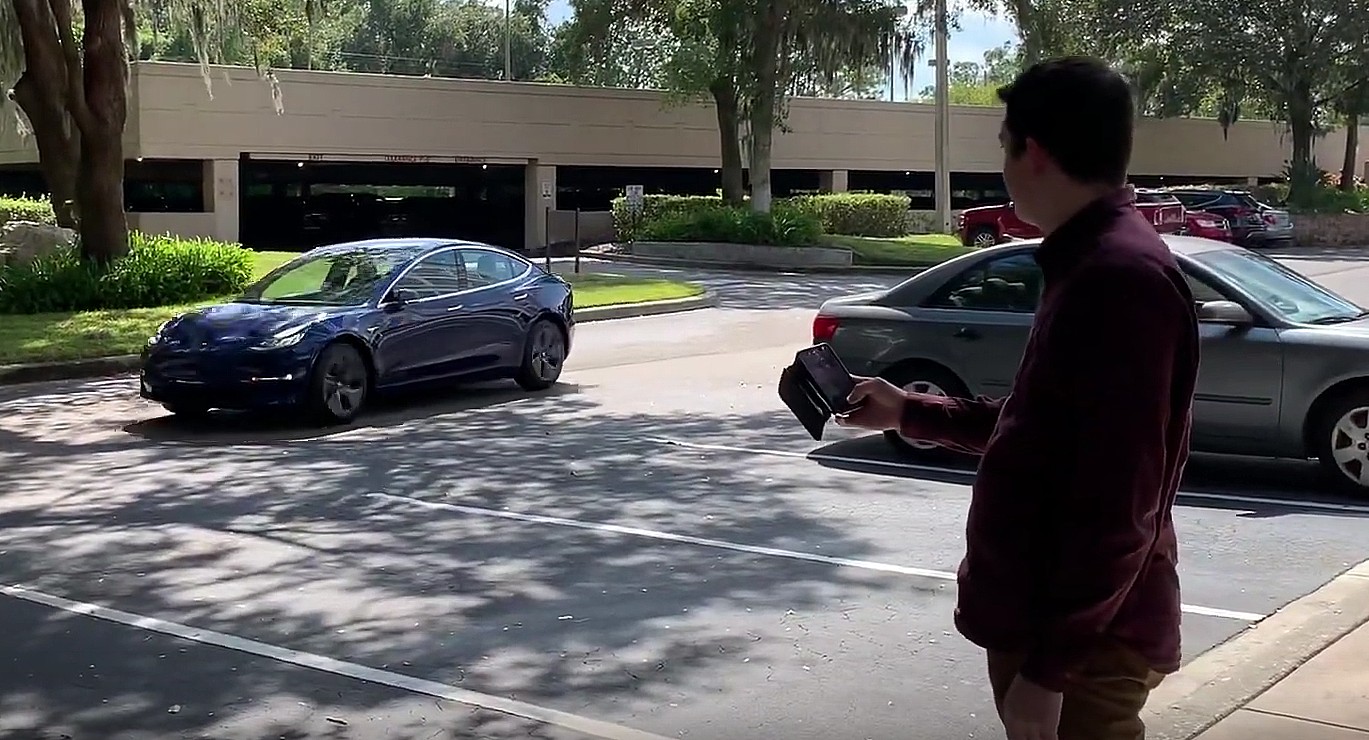
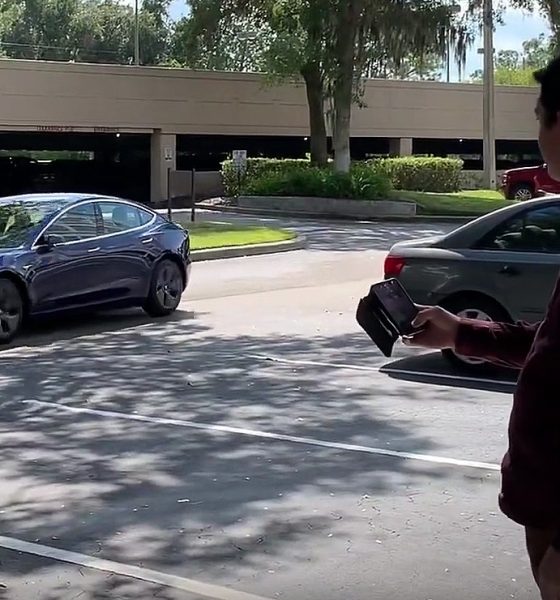
News
Tesla Smart Summon patent highlights progress in 3D labeling for full self-driving features
A recently published Tesla patent application details the machine learning methods behind Smart Summon, specifically highlighting the progress being made with 3D labeling in training data.
The application, titled “Autonomous and User Controlled Vehicle Summon to a Target,” utilizes machine learning methods explicitly detailed in two other recent Tesla patent publications in its functionality. This series of three inventions altogether describes an automated way of generating training data which is then used by a machine learning model to accomplish an expansive list of self-driving capabilities in Summon.
“Traditionally, much of the effort to curate a training data set is done manually by reviewing potential training data and properly labeling the features associated with the data,” Tesla’s first application in the series states. “The effort required to create a training set with accurate labels can be significant and is often tedious… Therefore, there exists a need to improve the process for generating training data with accurate labeled features.”
- A method flow chart from Tesla’s autonomous 3D labeling patent. | Image: Tesla/USPTO
- A method flow chart from Tesla’s Smart Summon patent application. | Image: Tesla/USPTO
The application goes on to describe how labeled training data is made autonomously in their invention using sensors and the collection of what’s called a “time series,” i.e., a series of images captured over a period of time.
“Using data captured by sensors on a vehicle to capture the environment of the vehicle and vehicle operating parameters, a training data set is created,” it explains. “In some embodiments, a three-dimensional representation of a feature, such as a lane line, is created from the group of time series elements that corresponds to the ground truth… As one example, a series of images for a time period, such as 30 seconds, is used to determine the actual path of a vehicle lane line over the time period the vehicle travels…a single image of the group and the actual path taken can be used as training data to predict the path of the vehicle.”
Tesla CEO Elon Musk has previously mentioned that better labeling is one of the keys to speeding up the rollout of self-driving functionality and features like Reverse Summon. “We need to finish work on Autopilot core foundation code & 3D labeling, then functionality will happen quickly. Not long now,” Musk wrote on Twitter in March this year. With better labeling (more accurate training data) comes safer and more capable software due to improved predictions from the modeling.
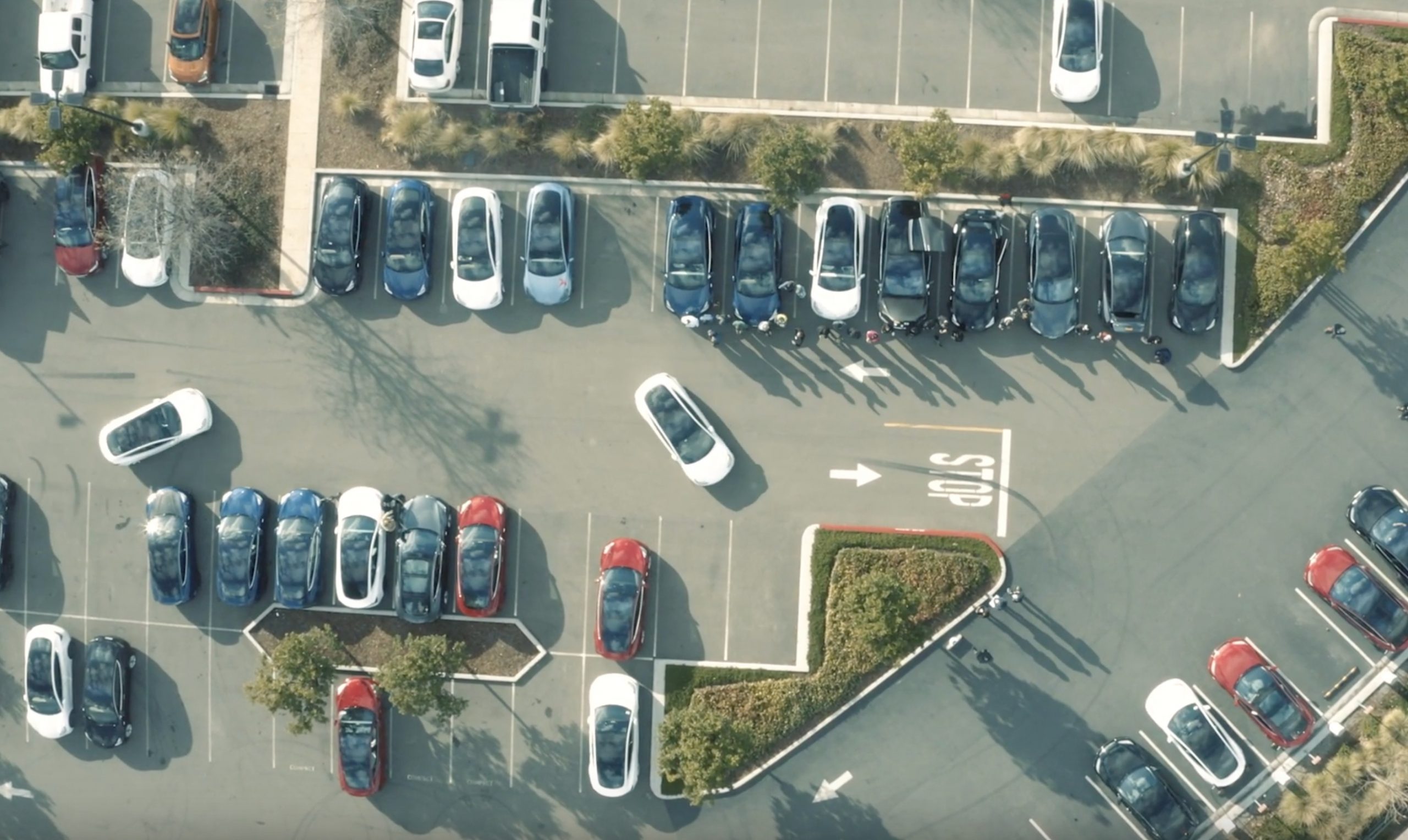
When it comes to Tesla’s Smart Summon, prediction modeling is essential considering there isn’t a driver in the vehicle during its operation. The patent publication covering Summon embodies the first application’s time series functionality and a second application’s implementation of the time series’ training data in its methods, demonstrating one of the numerous potential uses for the machine learning invention. Hints about future developments using Smart Summon are also detailed in the application. Examples include:
- Syncing the Smart Summon with a calendar so the vehicle “automatically navigates to arrive at the location at the ending time, such as the end of a dinner party, a wedding, a restaurant reservation, etc.”
- Implementing a multi-part destination into the Summon instructions such as waypoints at an airport to pick up multiple passengers.
- Monitoring the heartbeat of a Summon user to ensure they are maintaining a connection with the vehicle while operating the feature.
- Customizing the vehicle’s arrival settings such as interior lighting, exterior lighting, hazard lights, welcome music, and climate control preferences.
One of the more unique bits about the Smart Summon patent application is the appearance of Elon Musk as an inventor. While the CEO is known to be intimately involved in nearly all aspects of vehicle design, software features, and business operations, his name is unexpectedly absent from most of the company’s inventions. However, this is apparently on purpose. “I generally try my best not to be on patents,” he revealed on Twitter in reply to a post about the Smart Summon application. Notably, inventorship is a legal definition based on the conception of an invention, i.e., not the person/people who suggested or directed its creation, but the person/people who devised the means to accomplish it.
Prior to the most recent patent publication, Musk contributed inventorship to the door and body styling of the Model X. He also contributed the same to both the design and function of Tesla’s vehicle charge inlets.

News
Tesla dispels reports of ‘sales suspension’ in California
“This was a “consumer protection” order about the use of the term “Autopilot” in a case where not one single customer came forward to say there’s a problem.
Sales in California will continue uninterrupted.”

Tesla has dispelled reports that it is facing a thirty-day sales suspension in California after the state’s Department of Motor Vehicles (DMV) issued a penalty to the company after a judge ruled it “misled consumers about its driver-assistance technology.”
On Tuesday, Bloomberg reported that the California DMV was planning to adopt the penalty but decided to put it on ice for ninety days, giving Tesla an opportunity to “come into compliance.”
Tesla enters interesting situation with Full Self-Driving in California
Tesla responded to the report on Tuesday evening, after it came out, stating that this was a “consumer protection” order that was brought up over its use of the term “Autopilot.”
The company said “not one single customer came forward to say there’s a problem,” yet a judge and the DMV determined it was, so they want to apply the penalty if Tesla doesn’t oblige.
However, Tesla said that its sales operations in California “will continue uninterrupted.”
It confirmed this in an X post on Tuesday night:
This was a “consumer protection” order about the use of the term “Autopilot” in a case where not one single customer came forward to say there’s a problem.
Sales in California will continue uninterrupted.
— Tesla North America (@tesla_na) December 17, 2025
The report and the decision by the DMV and Judge involved sparked outrage from the Tesla community, who stated that it should do its best to get out of California.
One X post said California “didn’t deserve” what Tesla had done for it in terms of employment, engineering, and innovation.
Tesla has used Autopilot and Full Self-Driving for years, but it did add the term “(Supervised)” to the end of the FSD suite earlier this year, potentially aiming to protect itself from instances like this one.
This is the first primary dispute over the terminology of Full Self-Driving, but it has undergone some scrutiny at the federal level, as some government officials have claimed the suite has “deceptive” naming. Previous Transportation Secretary Pete Buttigieg was vocally critical of the use of the name “Full Self-Driving,” as well as “Autopilot.”
News
New EV tax credit rule could impact many EV buyers
We confirmed with a Tesla Sales Advisor that any current orders that have the $7,500 tax credit applied to them must be completed by December 31, meaning delivery must take place by that date. However, it is unclear at this point whether someone could still claim the credit when filing their tax returns for 2025 as long as the order reflects an order date before September 30.
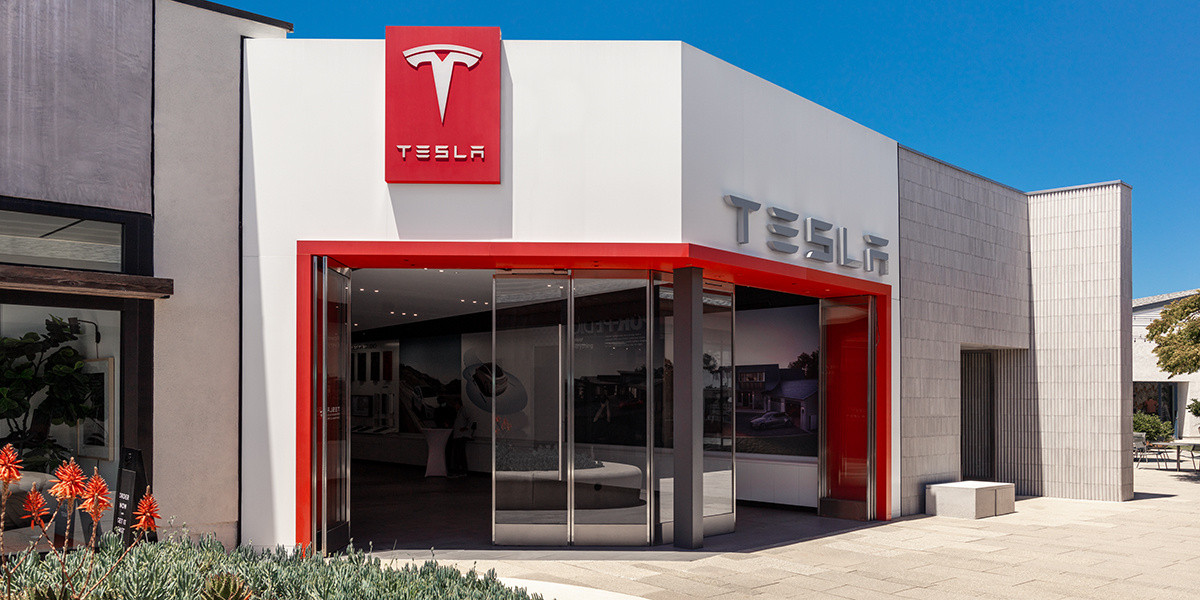
Tesla owners could be impacted by a new EV tax credit rule, which seems to be a new hoop to jump through for those who benefited from the “extension,” which allowed orderers to take delivery after the loss of the $7,500 discount.
After the Trump Administration initiated the phase-out of the $7,500 EV tax credit, many were happy to see the rules had been changed slightly, as deliveries could occur after the September 30 cutoff as long as orders were placed before the end of that month.
However, there appears to be a new threshold that EV buyers will have to go through, and it will impact their ability to get the credit, at least at the Point of Sale, for now.
Delivery must be completed by the end of the year, and buyers must take possession of the car by December 31, 2025, or they will lose the tax credit. The U.S. government will be closing the tax credit portal, which allows people to claim the credit at the Point of Sale.
🚨UPDATE: $7,500 Tax Credit Portal “Closes By End of Year”.
This is bad news for pending Tesla buyers (MYP) looking to lock in the $7,500 Tax Credit.
“it looks like the portal closes by end of the year so there be no way for us to guarantee the funds however, we will try our… pic.twitter.com/LnWiaXL30k
— DennisCW | wen my L (@DennisCW_) December 15, 2025
We confirmed with a Tesla Sales Advisor that any current orders that have the $7,500 tax credit applied to them must be completed by December 31, meaning delivery must take place by that date.
However, it is unclear at this point whether someone could still claim the credit when filing their tax returns for 2025 as long as the order reflects an order date before September 30.
If not, the order can still go through, but the buyer will not be able to claim the tax credit, meaning they will pay full price for the vehicle.
This puts some buyers in a strange limbo, especially if they placed an order for the Model Y Performance. Some deliveries have already taken place, and some are scheduled before the end of the month, but many others are not expecting deliveries until January.
Elon Musk
Elon Musk takes latest barb at Bill Gates over Tesla short position
Bill Gates placed a massive short bet against Tesla of ~1% of our total shares, which might have cost him over $10B by now
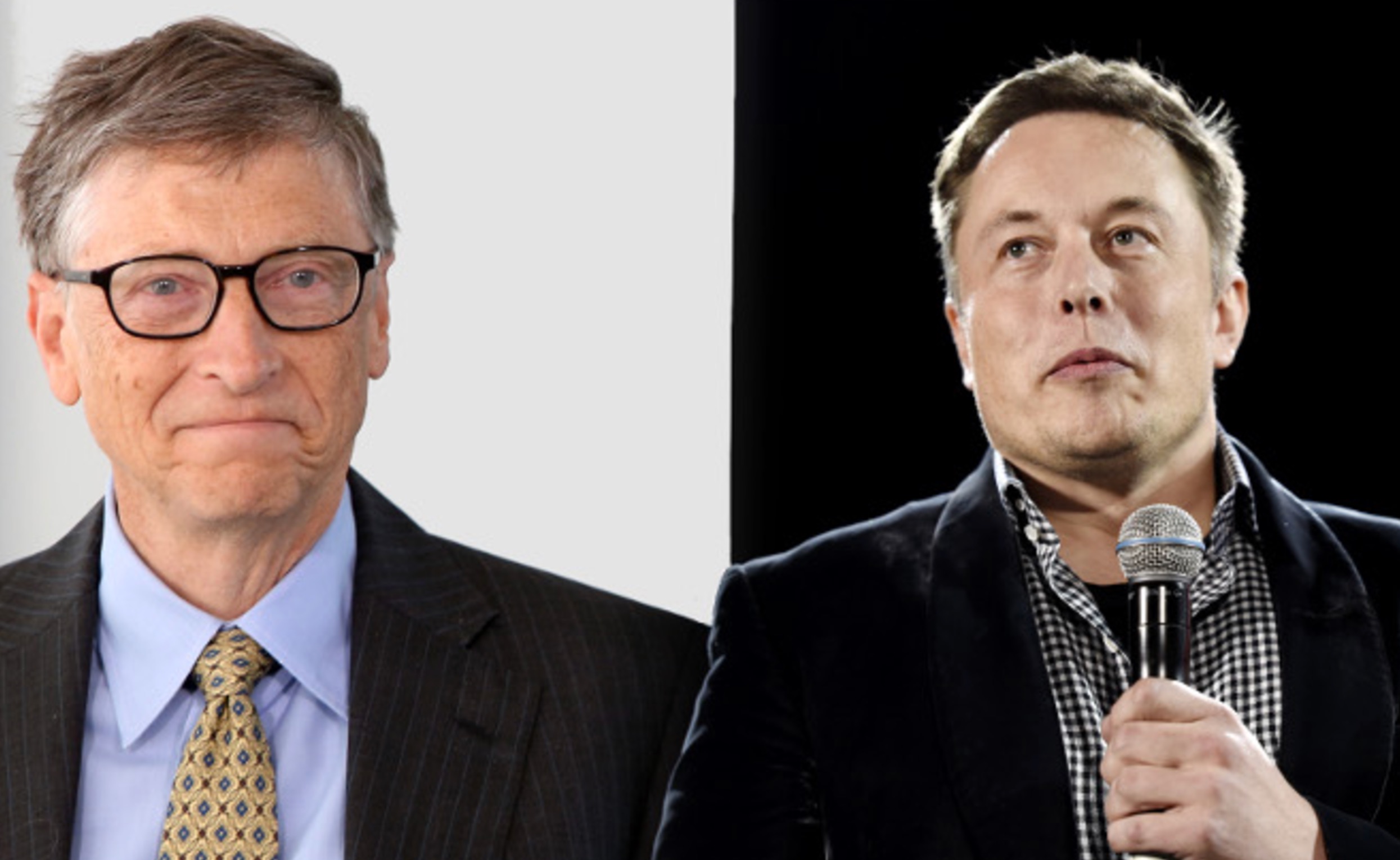
Elon Musk took his latest barb at former Microsoft CEO Bill Gates over his short position against the company, which the two have had some tensions over for a number of years.
Gates admitted to Musk several years ago through a text message that he still held a short position against his sustainable car and energy company. Ironically, Gates had contacted Musk to explore philanthropic opportunities.
Elon Musk explains Bill Gates beef: He ‘placed a massive bet on Tesla dying’
Musk said he could not take the request seriously, especially as Gates was hoping to make money on the downfall of the one company taking EVs seriously.
The Tesla frontman has continued to take shots at Gates over the years from time to time, but the latest comment came as Musk’s net worth swelled to over $600 billion. He became the first person ever to reach that threshold earlier this week, when Tesla shares increased due to Robotaxi testing without any occupants.
Musk refreshed everyone’s memory with the recent post, stating that if Gates still has his short position against Tesla, he would have lost over $10 billion by now:
Bill Gates placed a massive short bet against Tesla of ~1% of our total shares, which might have cost him over $10B by now
— Elon Musk (@elonmusk) December 17, 2025
Just a month ago, in mid-November, Musk issued his final warning to Gates over the short position, speculating whether the former Microsoft frontman had still held the bet against Tesla.
“If Gates hasn’t fully closed out the crazy short position he has held against Tesla for ~8 years, he had better do so soon,” Musk said. This came in response to The Gates Foundation dumping 65 percent of its Microsoft position.
Tesla CEO Elon Musk sends final warning to Bill Gates over short position
Musk’s involvement in the U.S. government also drew criticism from Gates, as he said that the reductions proposed by DOGE against U.S.A.I.D. were “stunning” and could cause “millions of additional deaths of kids.”
“Gates is a huge liar,” Musk responded.
It is not known whether Gates still holds his Tesla short position.
